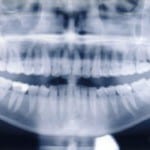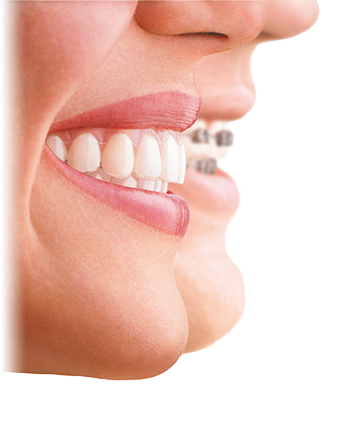 At City Dental Leeds, we are always looking to the future and are committed to continual investment in equipment and technology to ensure our clients get the best possible treatment. We are delighted to offer cutting edge treatments and use advanced digital X-rays to carry out treatment accurately and effectively.
At City Dental Leeds, we are always looking to the future and are committed to continual investment in equipment and technology to ensure our clients get the best possible treatment. We are delighted to offer cutting edge treatments and use advanced digital X-rays to carry out treatment accurately and effectively.
About digital X-rays
Digital X-rays are a modern alternative to traditional X-rays, which use photographic film to produce images. Digital X-rays use digital sensors. These are more environmentally friendly and safer for both dentists and patients. Digital X-rays offer a host of benefits and enable us to make diagnoses and plan treatment effectively and quickly.
We use digital X-rays in dentistry to detect symptoms and signs, determine the nature and severity of dental injuries and plan treatment such as orthodontics and dental implant placement.
What are the advantages of digital X-rays?
The main advantage of digital X-rays is that they are safer than traditional X-rays, as they emit a much lower dose of radiation. Additional benefits include increased speed and efficiency, higher levels of accuracy and improved versatility. Digital images can be enlarged, shared and uploaded and we can send them over to other dental professionals easily and quickly if required. The images are also incredibly detailed and this enables us to show patients what exactly is going on and how treatment will benefit them, providing a greater understanding of dental problems and ensuring peace of mind.





 The days of lengthy, repeated visits to the dental surgery for some procedures are over. New technology is revolutionising the way that United Kingdom dentists can carry out their work and patients are feeling the benefits. It means that you need not take much time off work if you want to have some work done at the dental surgery. Find out how this is possible.
The days of lengthy, repeated visits to the dental surgery for some procedures are over. New technology is revolutionising the way that United Kingdom dentists can carry out their work and patients are feeling the benefits. It means that you need not take much time off work if you want to have some work done at the dental surgery. Find out how this is possible. Making an early diagnosis in any field of health care can be vital in administering the correct treatment early and the world of dentistry is no different. For a long time, x-rays have been invaluable in making a quick diagnosis in the mouth. They can reveal all manner of evils such as bone loss and decay, but also monitor older and ongoing treatments and symptoms like fillings, cosmetic work, crowns and teeth growth. Now however, x-rays have made an even greater leap forward- they have gone digital in the city of Leeds. Old methods of x-rays took film images that could take time to develop and were cumbersome to store. Digital has changed that, although the general principle of ‘getting a shot, hasn’t. It’s only once the image has been taken that digital really comes into its own. The image is fed into a computer and transferred onto a screen immediately. This can then be subjected to 3-D imaging and colour coding if required, and a precise diagnosis can be made on the spot. Of course, this then can be stored on the computer and even be used in conjunction with old x-rays. What this means for the patient is that treatment can begin straight away and nip any problems in the bud!
Making an early diagnosis in any field of health care can be vital in administering the correct treatment early and the world of dentistry is no different. For a long time, x-rays have been invaluable in making a quick diagnosis in the mouth. They can reveal all manner of evils such as bone loss and decay, but also monitor older and ongoing treatments and symptoms like fillings, cosmetic work, crowns and teeth growth. Now however, x-rays have made an even greater leap forward- they have gone digital in the city of Leeds. Old methods of x-rays took film images that could take time to develop and were cumbersome to store. Digital has changed that, although the general principle of ‘getting a shot, hasn’t. It’s only once the image has been taken that digital really comes into its own. The image is fed into a computer and transferred onto a screen immediately. This can then be subjected to 3-D imaging and colour coding if required, and a precise diagnosis can be made on the spot. Of course, this then can be stored on the computer and even be used in conjunction with old x-rays. What this means for the patient is that treatment can begin straight away and nip any problems in the bud! A dental practice in Leeds Central has invested in the latest equipment so that it can offer cutting edge treatments to its patients. The technology used in dentistry has developed to a point where dentists can offer improved treatments in a fraction of the time that old treatments required. The end result is far more polished and authentic looking. One new technology that has revolutionised dentistry is digital imaging.
A dental practice in Leeds Central has invested in the latest equipment so that it can offer cutting edge treatments to its patients. The technology used in dentistry has developed to a point where dentists can offer improved treatments in a fraction of the time that old treatments required. The end result is far more polished and authentic looking. One new technology that has revolutionised dentistry is digital imaging.

